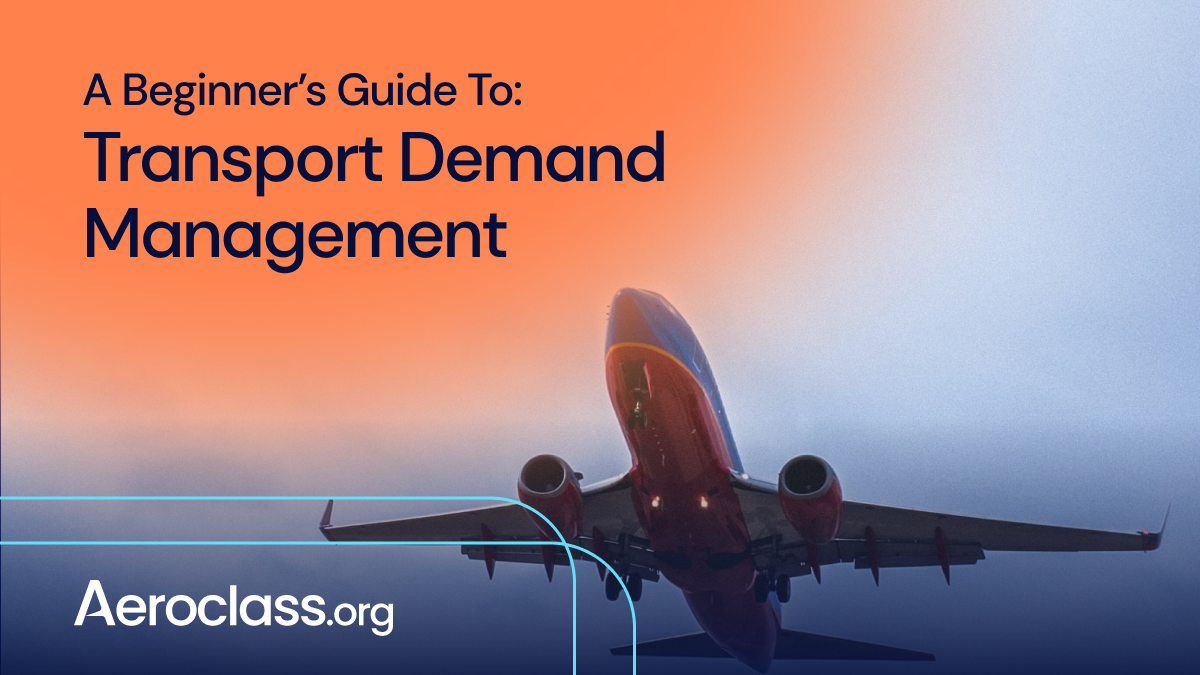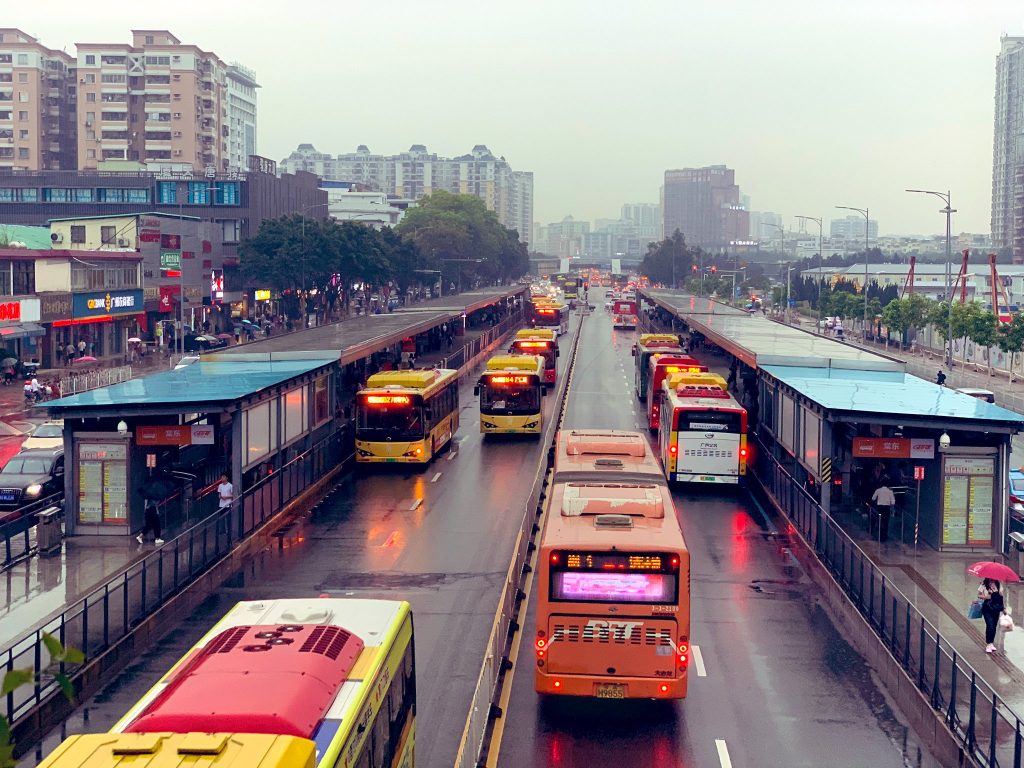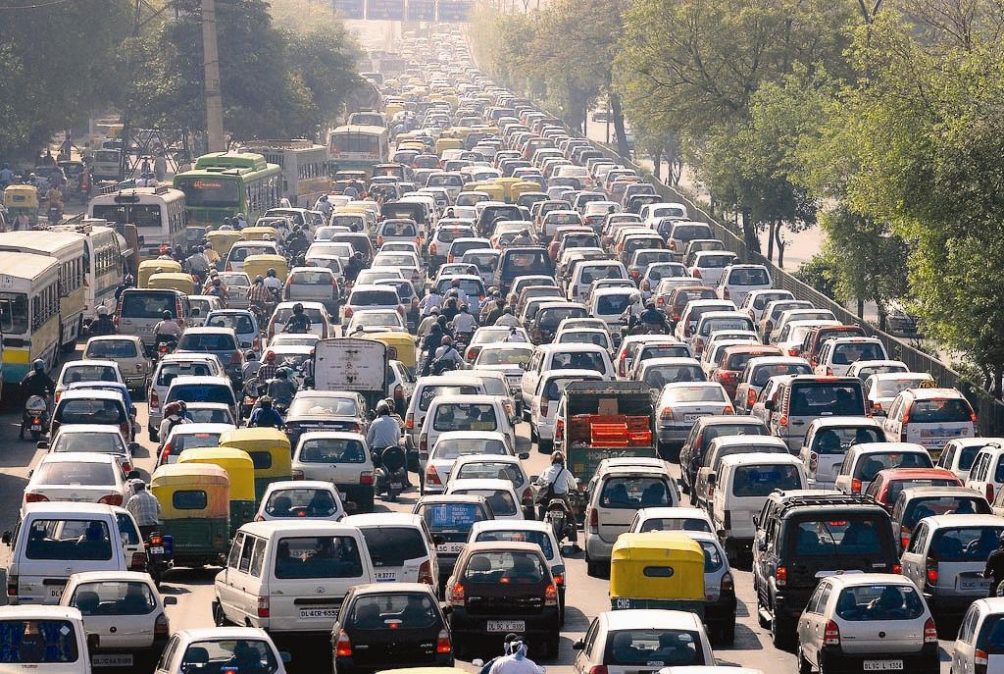The Paramount Importance of Safety Management in Aviation
Other · 3 min read
Whether you are planning a trip or just dreaming of one, check our recommendations for the best airlines to fly to Japan!

When reading the words transportation demand management (TDM), anyone could think that we are talking about handling the needs or the requirements a group of people may have to move around a city or within cities and countries. And it makes sense. But is this the exact definition?
Also, other questions that may arise are how transportation demand management is carried out? Who is in charge of this? To clear this and any further doubts about transportation demand management (TDM) that you may have, we invite you to keep reading as we explain everything you need to know about it. Also, to learn more, check out Aeroclass courses.

In short, transportation demand management refers to the strategies that should be put in place to improve the way people use the transportation options within a transportation system and infrastructure.
More specifically, transportation demand management provides a set of strategies called TDM strategies, which aim to understand how people make transportation decisions to optimize the choices for travelers. This means optimizing things like:
In other words, the idea is to naturally encourage alternatives to driving such as walking, ridesharing, cycling, and remote work to have a better balance for the transportation system.
Also called TDM programs, we could say that the essence of these strategies is finding the balance between the focus on people and infrastructure when finding solutions to different public transportation problems like traffic congestion, parking problems, and environmental concerns such as air quality in urban areas.
Many have defined the TDM strategy as having two different levels, a superficial and a deep level. Let’s see what they are.
The superficial level of the transportation demand management strategy refers to providing people the information, encouragement, incentives, support, and other resources. The idea is to help people make the wisest decision regarding transportation and all the options they may have.
At this level, the transportation demand management strategy is focused on the planning of urban transportation. It should work hand in hand with municipal governments toward the best plan and design. Typical topics of discussion include exciting concepts that are in current development. These concepts include:
Together with the proper infrastructure, both levels of the TDM strategy could have a significant impact and become the most cost-effective way of handling transportation resources.

While transportation demand management is focused only on public transit or transportation options, managing demand for transport has other specific objectives that address significant problems. Let’s dig deeper into such goals.
Transportation requires energy. And the consumption of this energy results in the generation of emissions and harmful gases that have an essential impact on the environment. It is widely known that CO2 emissions accelerate global warming and climate change. Therefore, demand management strives to get people to reduce their carbon footprint by making so-called greener decisions regarding transportation.
Urban traffic congestion is the main contributor to the concentration of harmful emissions in major cities. Vehicles standing in long lines are not suitable for the environment.
So, as the first objective described, demand management works towards reducing transportation’s impact on the environment. Therefore, it is easy to understand why providing more efficient modes for people to move around and getting fewer vehicles circulating on the streets to improve traffic flow are two things demand management is concerned about when reducing traffic congestion.
Air quality is among the many factors used to measure the quality of life, and it has a significant impact on people’s health. So, reducing traffic congestion and its emissions is an essential objective of transportation management strategies to improve air quality. Also, by enhancing walkability and encouraging mobility alternatives such as cycling, people will be taking options that are also beneficial for their health.
Dealing with parking issues is always one transportation demand management strategy. Parking demand management can help achieve the first two objectives of this list. Strategies such as providing more parking space or making the existing space more accessible and affordable can help reduce congestion, especially during peak times.
When there is urban sprawl, the areas outside the cities demand roads, gas stations, and other resources. However, if those are not strategically included in transportation planning, the tendency is to see people living in those areas using their cars to work in the city center. This makes achieving previous objectives more complex, so the strategy should consider these areas to provide more efficient solutions.
Cheaper alternatives can encourage people to use public transit. However, it is common to see that long commutes are costly, leaving no option but to choose driving. This is closely related to the previous point, so it should also be considered in the strategy.

A good example of transportation demand management is the one regarding the city of Arlington in the United States, provided by Mobility Lab.
The example presents five goals of the TDM strategies used by the city. Their goals are:
To achieve those goals, Arlington’s TDM has set a series of key performance indicators (KPIs) that help them measure how they are doing. Among the most relevant, there are:
The city of Arlington has set a very comprehensive TDM program with specific goals and ways to measure their performance. And this is how TDM should be carried out.

The importance of TDM in our lives can be seen in its impact on different aspects of our world. TDM can affect human, social, political, and economic factors simultaneously. Some of these aspects are:
Of course, if not appropriately promoted, TDM has no impact. The supply of information regarding the objectives and the ways to achieve them is essential to get the whole community involved in the hard work that it takes to improve transportation and reduce its negative impact that could result in significant events in the future of our environment.